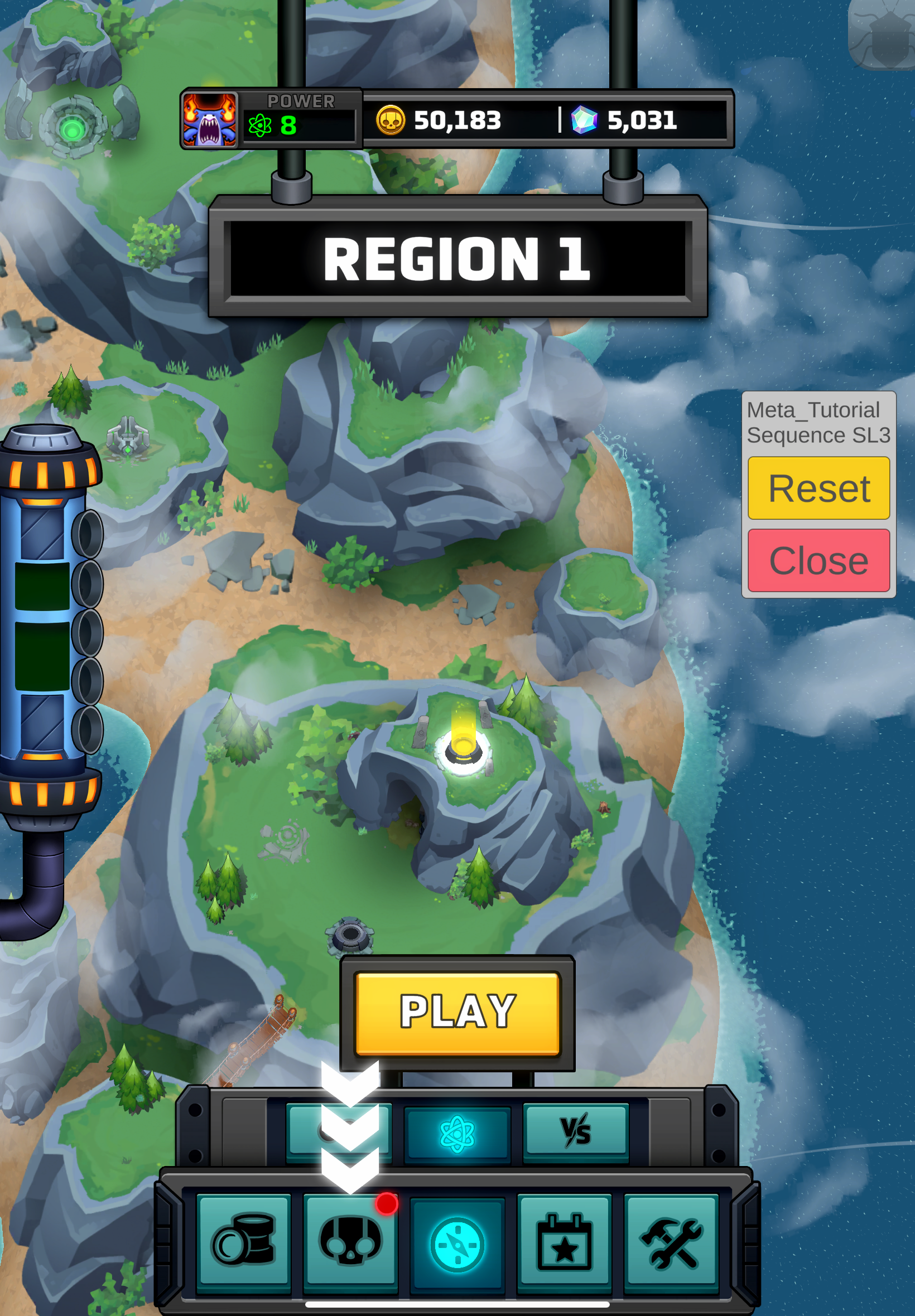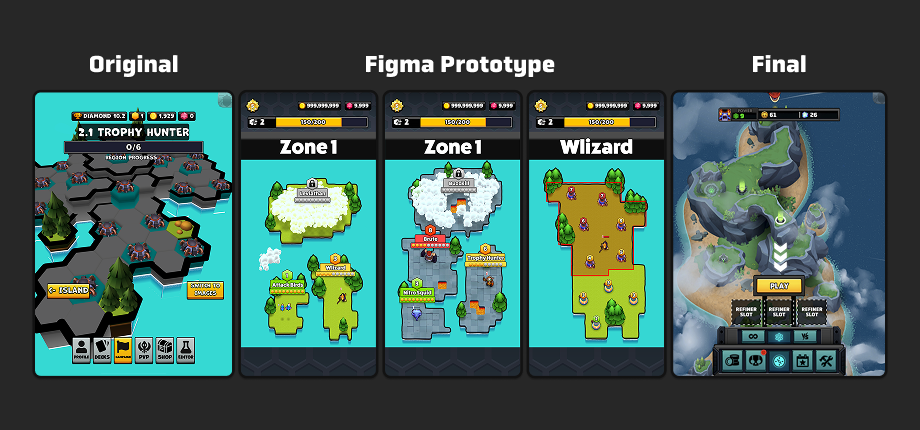
Campaign Map Redesign & Implementation
Redesigned and implemented the campaign map interface to improve player navigation and progression clarity
Context
As Rift Wars' initial map system, we implemented a 3D hexagonal grid for level selection. While distinctive, there was growing team consensus that this approach, despite having interesting elements, felt disconnected from the game's overall aesthetic and functionality. I was asked to reimagine the map system in a way that would better integrate with our game's identity.
The Problem
Rather than immediately discarding the existing design, I believed it was important to understanding both its strengths and weaknesses. The current map, while flawed, had elements that resonated with team members. To make an informed decision, I conducted a systematic evaluation, gathering team feedback to outline some of the system's major pros and cons.
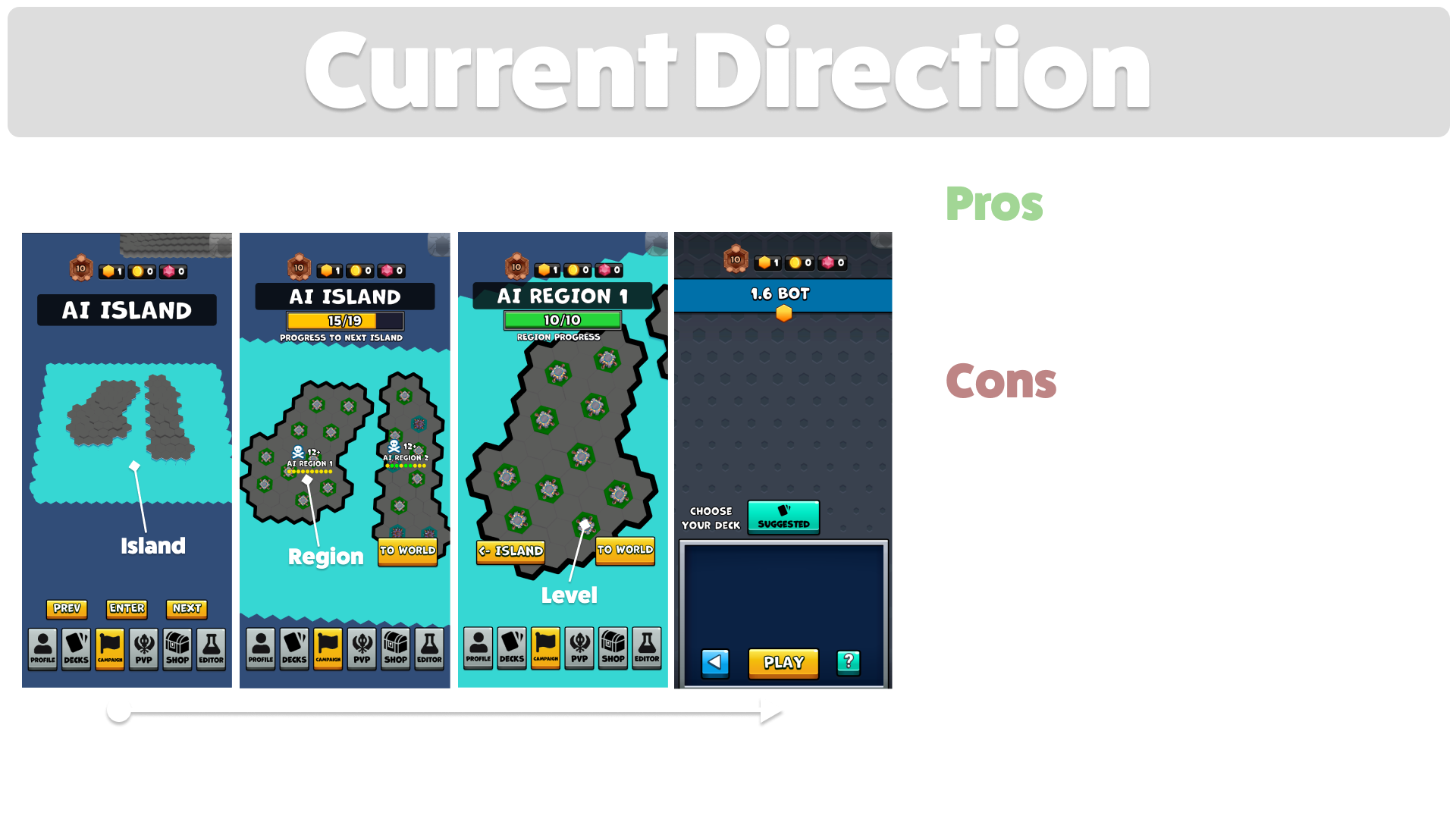
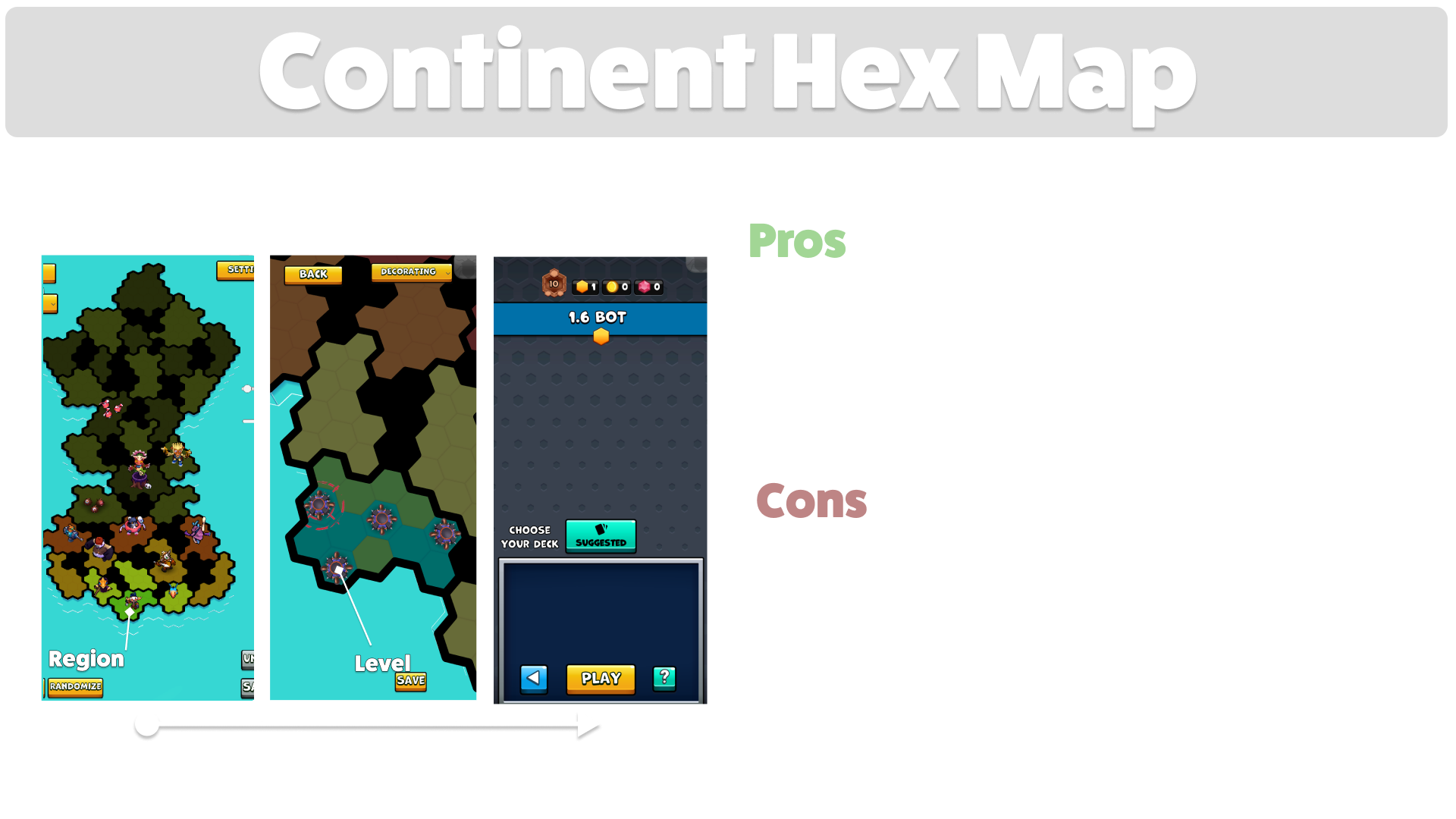
The Solution
Our team had a clear directive to avoid conventional 2D Saga Maps and list-based navigation systems. While researching alternatives, I found that most reference materials led back to these traditional approaches we wanted to avoid. Given our small team size, I opted to pursue efficient solutions that would leverage Rift Wars' existing infrastructure – particularly our level design tool, visual scripting language, and asset library.
By leveraging our existing tools, we gained significant advantages. Game assets could be used seamlessly across both gameplay and map contexts, eliminating the need for bespoke map assets. The design team could implement and maintain the map through our visual scripting language, and updates could be deployed via instant data hotfixes rather than requiring new builds.
I took a practical approach to prototyping, using our level editor for initial builds while creating functional mockups in Figma. This process revealed the need for new features that would not only solve our map challenges but enhance the entire game:
- Level Display System: We required this to show "levels" on the title screen. This system was later used extensively to showcase character functionality, abilities, and other playable content throughout the game.
- Dynamic Camera Control: To handle transitions from Region to Island states, we needed to be able to zoom in and out. This functionality was later used to create cinematic moments in levels and boss battles.
- Unit Interaction System: To select Islands and levels, we needed to detect what the player was tapping on. This functionality was later used to add player agency to many of our game's set pieces (level mechanics); allowing players to activate portals, gates, and eventually one of our most innovative and strategic mechanic - the ability to Overclock a tower for a boost to Energy production
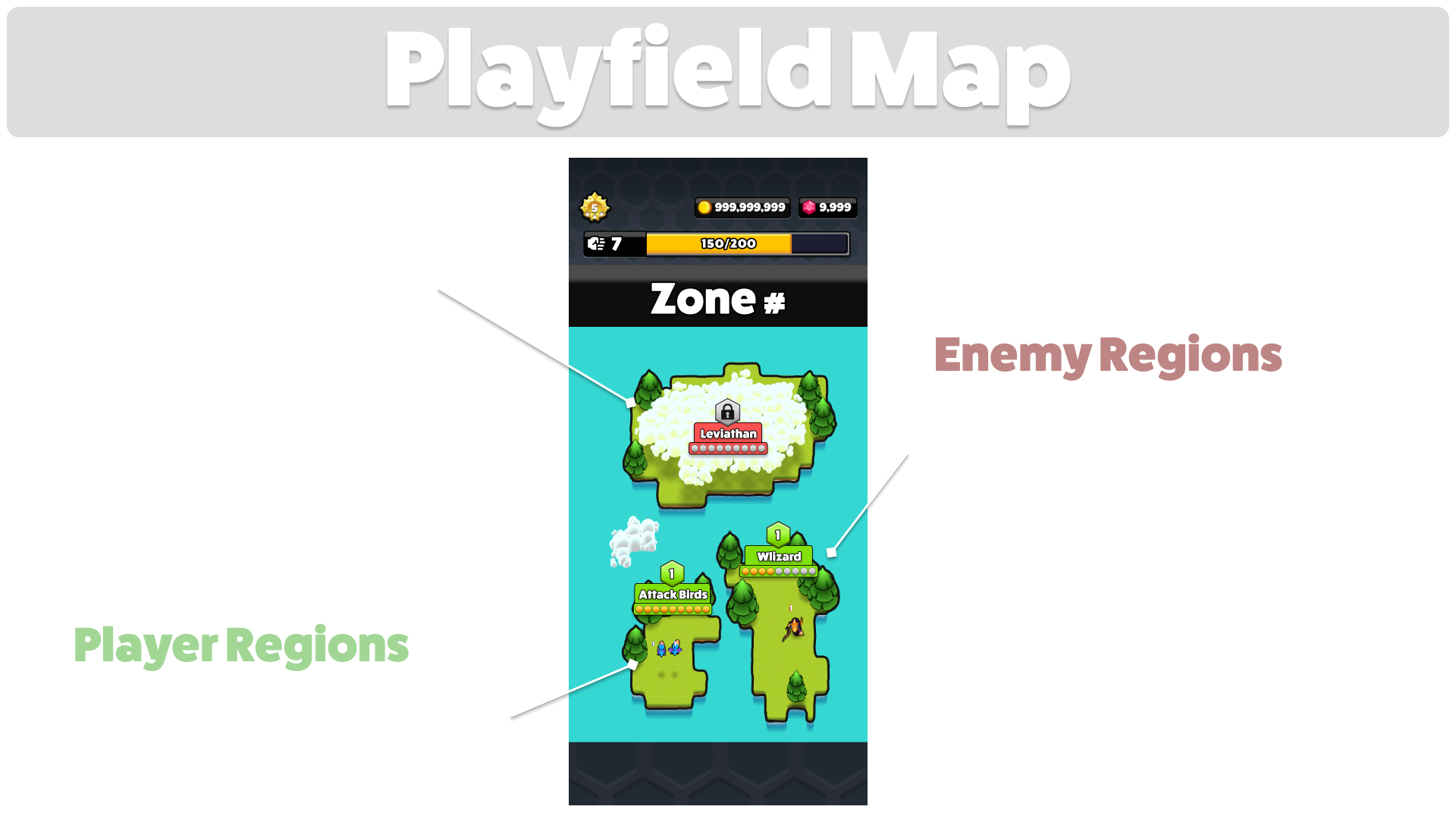
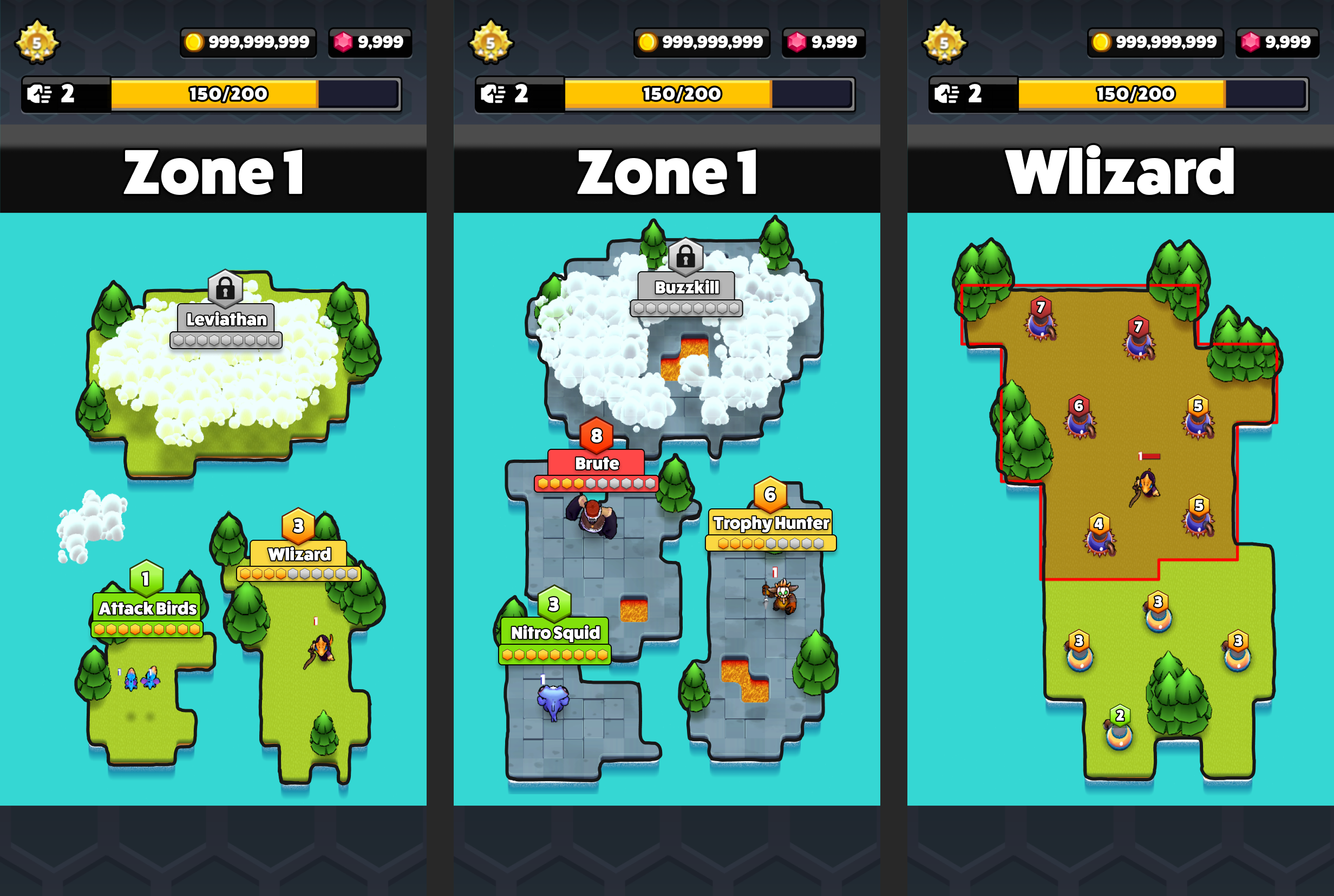
Final Results
The final implementation benefited from art team iterations, who used Unity prefabs to create visually distinct map elements while maintaining all the systematic advantages of our approach. This allowed for endless customization through modular environment packs while preserving the efficient, maintainable structure of the system.
